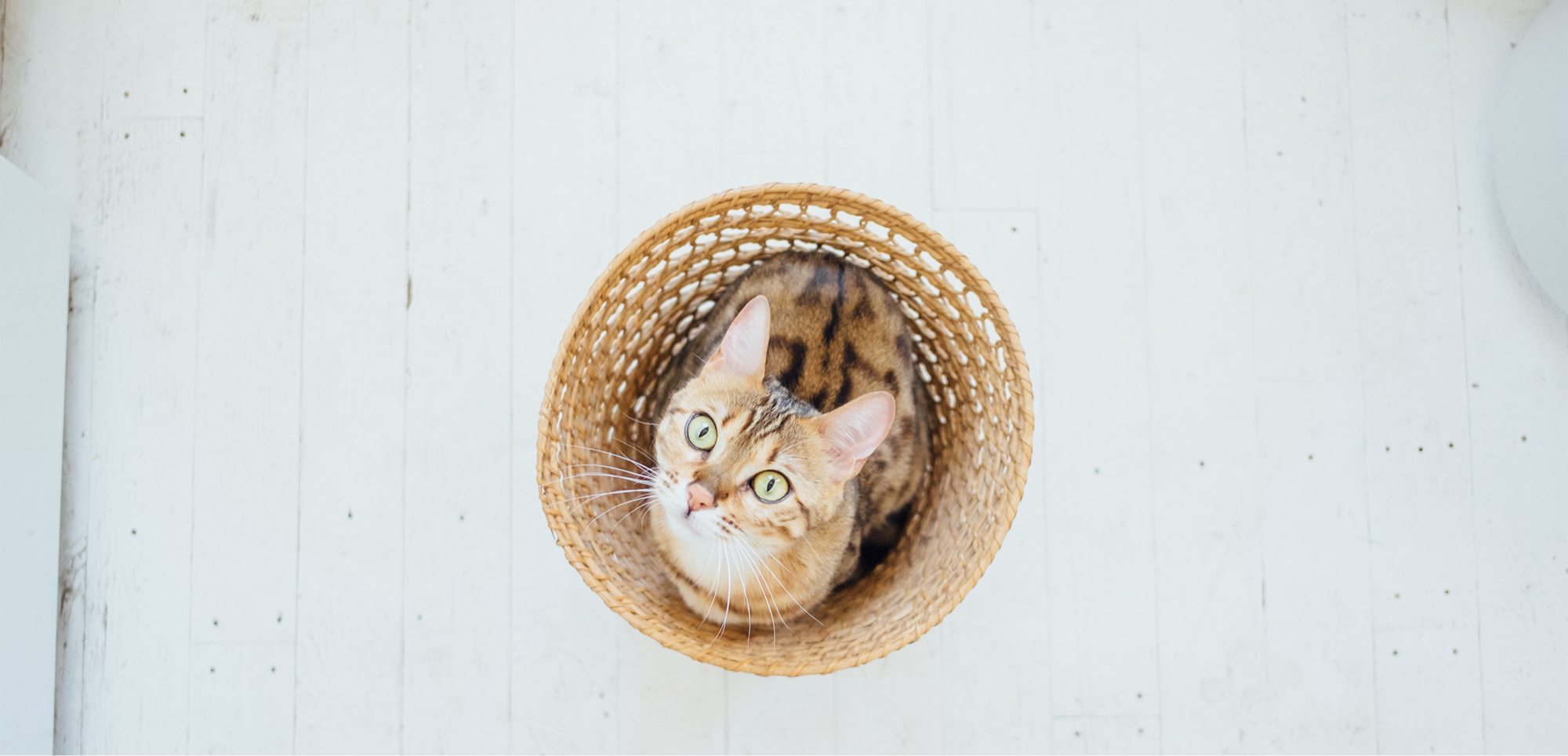Bird gel repellents
Bird gel repellents (also known as avian adhesive gel repellents) are used to deter birds from roosting, perching, and nesting on surfaces in areas such as parking lots, buildings, and parks.
What Are Bird Gel Repellents?
Bird gel repellents (also known as avian adhesive gel repellents) are used to deter birds from roosting, perching, and nesting on surfaces in areas such as parking lots, buildings, and parks.
Bird gel repellents deter birds in different ways. Some products contain aversive chemicals when smelled, ingested, or absorbed through the skin. Some repellents create an optical illusion of fire, serving as a visual deterrent for birds to land. Other gels work by sticking to a bird’s body part such as their foot after coming into contact with the gel. The bird should be able to remove their foot after contact yet, still find the gel aversive enough to deter the bird from returning to the area where the gel is present.
Most of these products are applied in a thin strip in locations where a bird’s presence causes nuisance or health concerns, mostly from excrement. However, a product may also be applied to small plastic dishes.
Harms caused by bird gel
These products are marketed as safe to use. Bird gel repellents are not intended to trap or hold the birds, impede their ability to fly, hop, eat, or drink, or compromise their feather condition. However, some product safety sheets acknowledge the hazard of small birds becoming trapped in the gel.
There have been multiple reports of birds being found covered in glue and dying or already dead. Birds have been brought into veterinary clinics in distress with wounds from the gel or injuries from trying to extract themselves. Treatment is often unsuccessful. The birds have likely experienced pain, fear, frustration, and distress from a product marketed as safe to use.
Responsibility of users
Whilst these products are available for use, SPCA alerts anyone using them that they must first assess whether small birds are using the area and could be trapped by or have the gel attach to their feathers. If there is a risk to small birds, then an alternative must be used.
SPCA advocates for pest management professionals and property owners to choose methods that cause the least amount of harm to the fewest number of animals when addressing bird-related problems.
- Step 1: Modify Behaviour or Environment
First, assess if the problem can be addressed by changing your own behaviour or the environment. Can the faeces be more frequently cleaned up to reduce accumulation? Can the area be cordoned off to avoid people encountering the faeces?
- Step 2: Modify the Area to Deter Birds
Second, assess if the area can be permanently modified to avoid attracting birds. For example, can pipes or beams that attract birds to perch and roost be covered permanently or with bird-safe netting?
- Step 3: Use Acoustic or Visual Deterrents
Third, consider the use of devices that deter birds with sound or visual scares. These are more successful if used together and unpredictably. For instance, birds can become accustomed to stationary predator statues, reducing their effectiveness.
If you need the assistance of a pest management professional, make sure to discuss the points in this article. They should be able to work with your concerns about preventing problems and minimising harms to animals.
Interested in finding out more about this issue and how you can help?
Please visit our bird gel repellent advocacy page.

